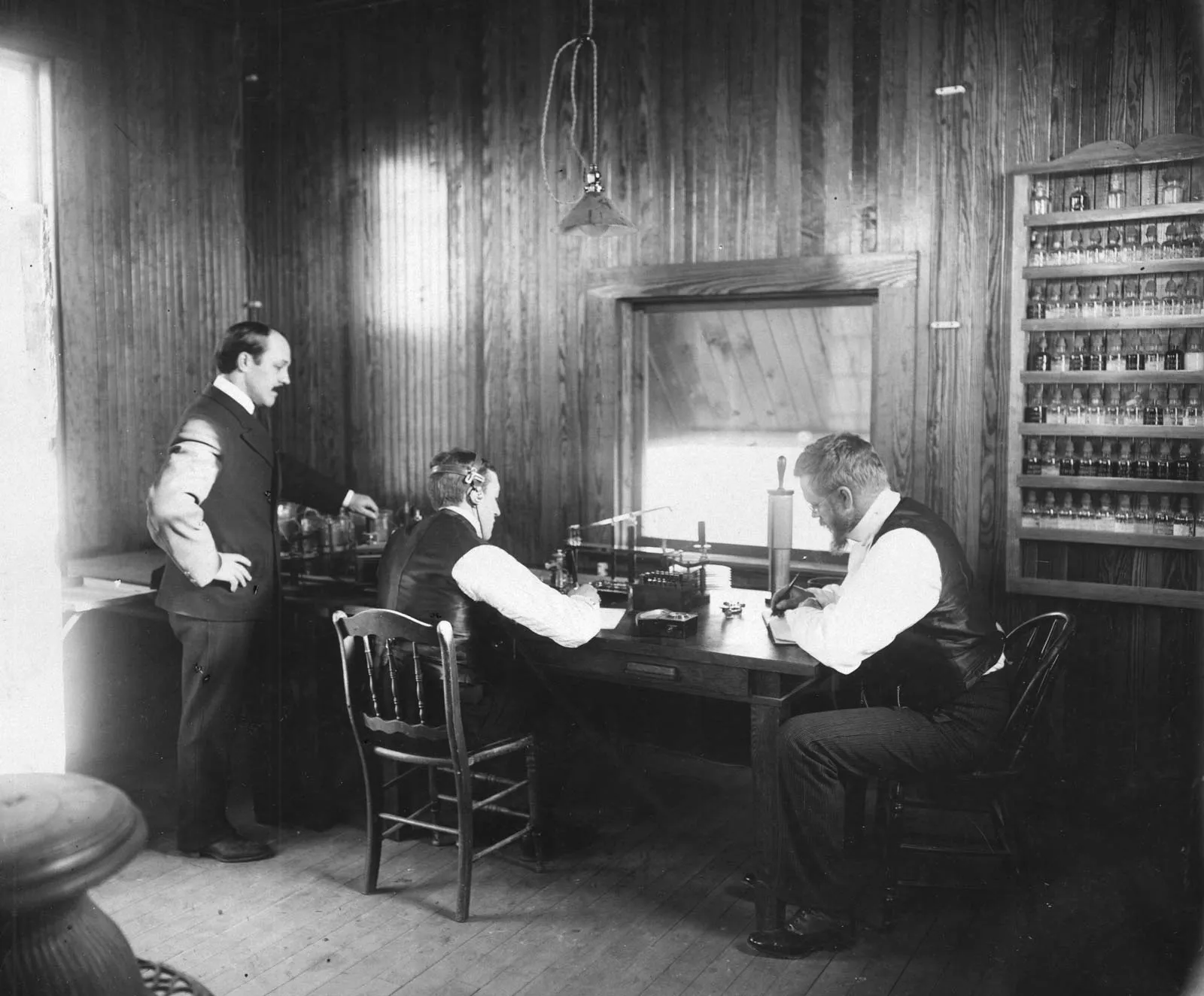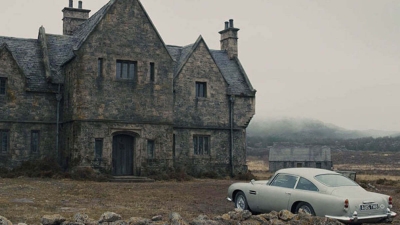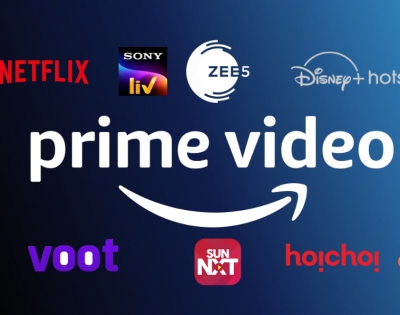What is the significance of radio in today's world?

Over 2 billion radio receivers and over 20,000 radio stations exist worldwide. There is no truth about the notion that radio will be replaced by TV or other modern communication technologies, as it continues to expand Being the most economical electronic medium to broadcast and receive in, it breaks down barriers of illiteracy and isolation, making it the preferred electronic medium of the underprivileged. In radio broadcasting, community radio is a significant third tier that is different from commercial and public service radio.
What is a Community Radio?
Community Radio Stations (CRSs) are low-power radio stations designed for local communities to own and run. Local perspectives on topics related to health, nutrition, education, agriculture, and other topics are provided in a forum by Community Radio. People may immediately relate to the Community Radio broadcast because it is in their native language. A source of regional folk music and cultural legacy, the radio is especially important in a country like India where each state has its own language and unique cultural flavour. Community radio stations have grown significantly in popularity and number in the last 20 years. The social and economic advantages that arise from providing regular people with access to relevant information are now becoming more widely recognized.
The history of community radio
It was in Latin America, around 50 years ago, that the groundbreaking experiences that have given rise to community radio. The initial experiences-known the Miners' Radios in Bolivia in 1947 and Radio as Sutatenza in Colombia that same year were sparked by poverty and social injustice. Community radio emerged as a significant phenomenon in Europe, serving as an opponent or substitute for mainstream broadcast media, despite the breakthrough work being done in Latin America. Following the fall of the colonial government in South Africa, community radio stations across the continent were established and eventually evolved into a social movement.
The Indian government published the first set of community radio guidelines and the necessary equipment in early 2003, but limited the eligibility to educational institutions alone. The goal of establishing community radio stations that would involve local communities in the content production process has just recently expanded to include non-profit organizations, agricultural research institutes, and educational institutions.
Picture Credit: Google












